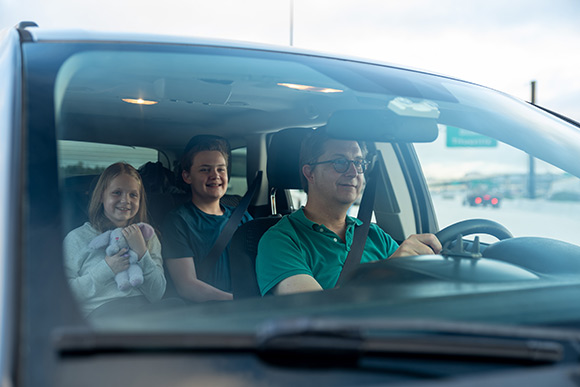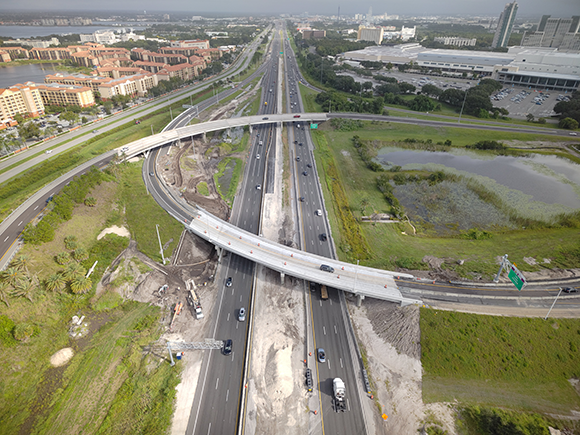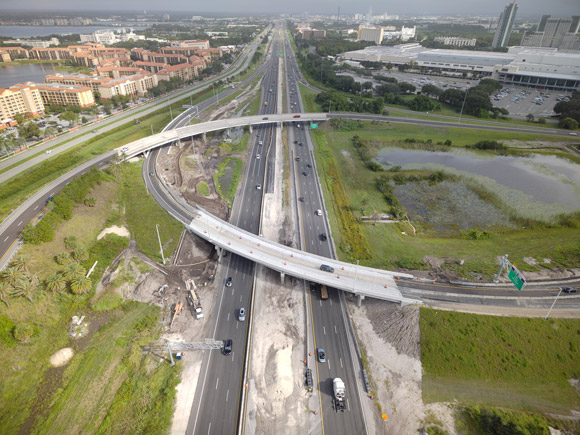You may be old enough to remember piling into the back of a station wagon with more people than the vehicle had seats. If not, you’ve probably seen it on TV. Advances in safety technology have come a long way since those days, and those safety features depend on each passenger sitting appropriately in the vehicle. This applies to adults, of course, but it especially applies to children. The Florida Department of Transportation (FDOT) and the National Safety Council recognize Child Passenger Safety Week from September 15-21 — just a few weeks away.
As parents, it can be difficult to keep a child in a safe position in a moving car. They may fidget or find the restraints in their car seats uncomfortable. They may want to play games, curl up closer to mom or dad, or remove their seatbelt. Parents may remember that they did the same and are none the worse for it. But, thousands of crashes occur each year, and it is important to keep your child in the proper position in case one should occur.
For children under age 13 who are old enough to not need a car or booster seat, there is one important rule: get in the back. The front passenger seat airbags are designed for adults, and if there is a crash, the force of the airbag itself might injure a child sitting up front. Seated in the back seat, children should be secure with a standard seatbelt. The belt should rest across the shoulder and chest, not the neck. Be aware that if your child falls asleep and slumps, the belt may need to be adjusted to keep them safe.
If your child is of an age to require a car seat, it is even more critical that they be in a rear seat. You also need to be sure the car seat is the right size for your child and installed correctly. Over the years, car seat inspections have revealed that many parents think they have installed the seat correctly but
Start any car seat installation by carefully reading the instructions. Pay particular attention to anchoring the tether to the correct location for forward-facing seats. If you think you need help, you can find a car seat inspection location near you by clicking here. When your child outgrows their car seat, they may need a booster seat. Find more information on car seats at the NHTSA Car Seat Guide.
This Child Passenger Safety Week, please take the opportunity to learn how to properly protect your children in the car. Then follow that advice throughout



 ATTENTION DRIVERS: Overnight Closures of the Westbound I-4 Exit Ramp to Eastbound S.R. 528 November 16-20
ATTENTION DRIVERS: Overnight Closures of the Westbound I-4 Exit Ramp to Eastbound S.R. 528 November 16-20 Here’s What’s Going on in the I-4 Median at Sand Lake Road
Here’s What’s Going on in the I-4 Median at Sand Lake Road From Traffic Shifts to Improved Traffic Flow at the I-4 and S.R. 528 Project
From Traffic Shifts to Improved Traffic Flow at the I-4 and S.R. 528 Project New Sidewalks Coming to Apopka-Vineland Road
New Sidewalks Coming to Apopka-Vineland Road